Home

SOIL FOOD WEB
Discover the Bio-Energetics of your soil!
BioEnergetics of Your Soil™
My Journey into the Living Matrix Beneath Our Feet
As part of my exploration into BioEnergetics —the study of how life flows, interacts, and heals through energy—I've come to realize one of the most overlooked yet vital systems is the soil beneath our feet. This journey led me to study with Dr. Elaine Ingham and her groundbreaking Soil Food Web training.
My goal wasn’t just to learn about composting or gardening—it was to understand how the living soil is energetically connected to everything: our health, our food, the climate, and the future of our planet. Soil is not just dirt; it is a dynamic, energetic ecosystem teeming with intelligent life, working in harmony to nourish and regenerate all living beings.
Through this training, I began to see soil not just as a growing medium, but as an energetic foundation
for vibrant, resilient life. From the microbes that generate nutrient frequencies, to the fungal networks that act like neural pathways, the BioEnergetics of Soil became a missing piece in my holistic approach to health, harmony, and environmental regeneration.
Awareness • Empowerment • Transformation
What I Love About Dr. Elaine
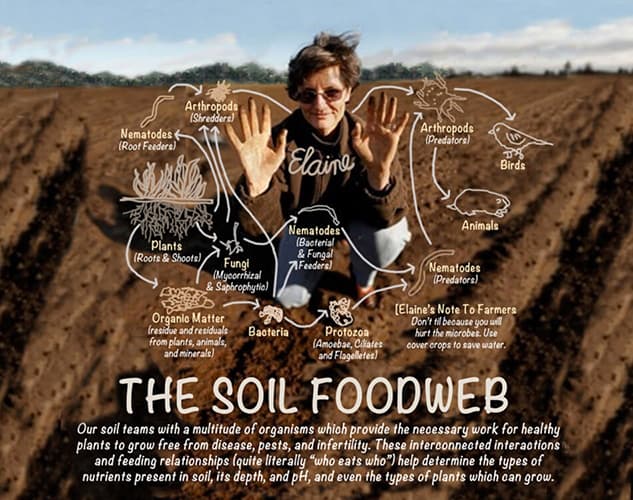
Dr. Elaine Ingham is not just a soil scientist—she is a passionate pioneer of microbial ecology. What makes her work so impactful is:
Her dedication to healing our planet through education.
Her lifelong commitment to empowering farmers, gardeners, and land stewards.
Her emphasis on natural, biological methods instead of chemicals.
Her ability to make the invisible visible by showing how microbiology drives everything from food quality to climate regulation.
The Soil Food Web: What It Is & Why I Love It
The Soil Food Web is the complex living ecosystem beneath our feet, made up of bacteria, fungi, protozoa, nematodes, microarthropods, and more. These organisms:
Building Biology Focus:
Cycle nutrients and make them plant-available.
Build soil structure and prevent erosion.
Suppress disease and protect roots.
Store carbon, reducing greenhouse gases.
Create resilience against droughts and floods.
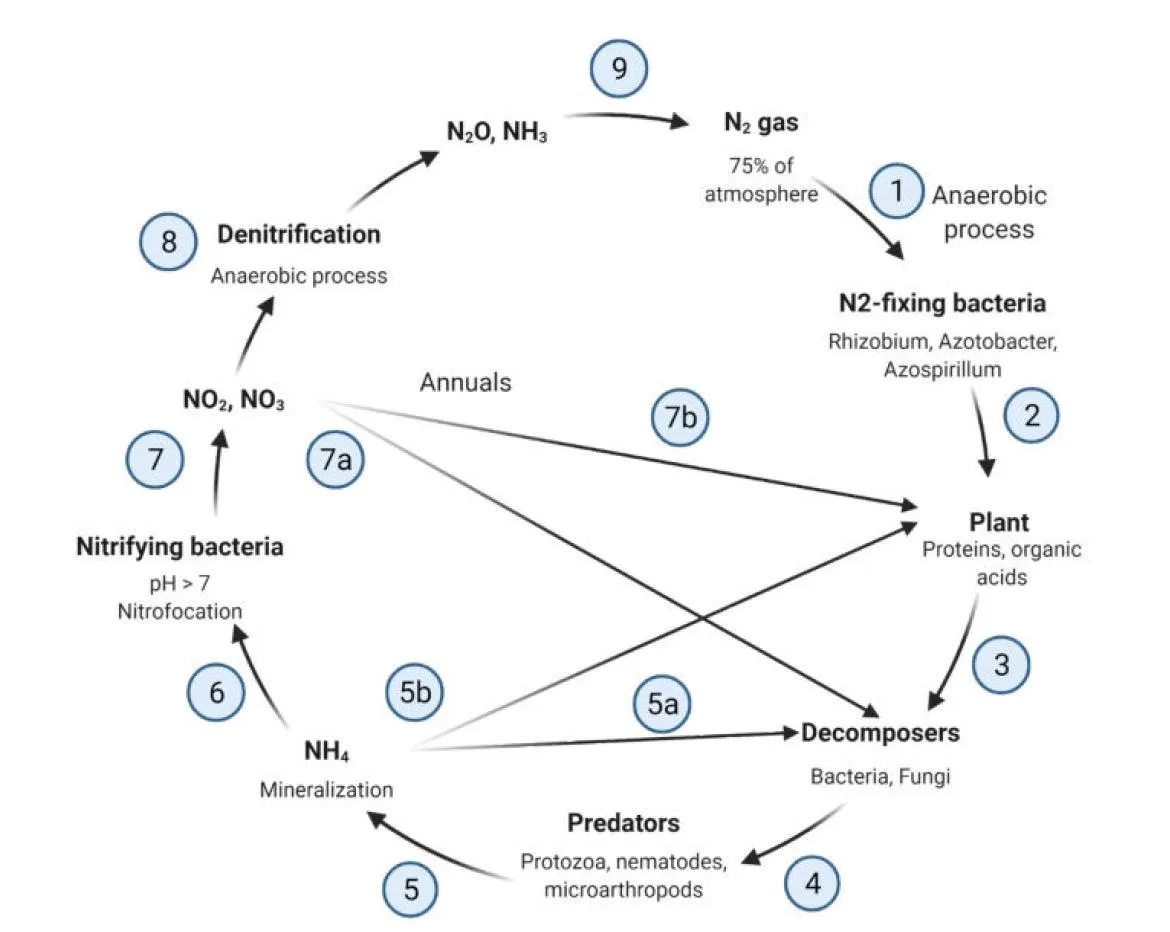
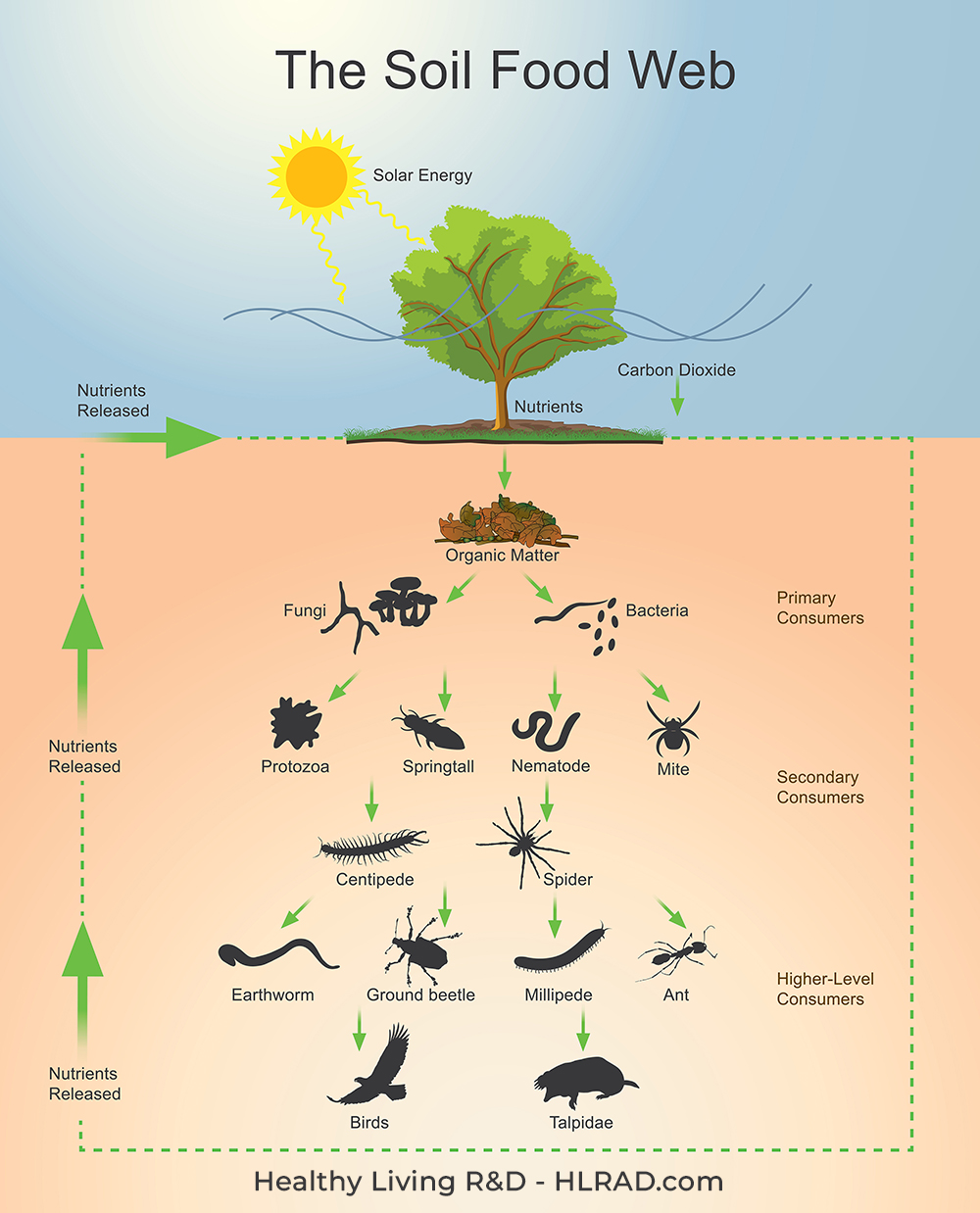
These organisms are not just “bugs” or “critters”—they are essential energy movers in the ecosystem. Together, they build, maintain, and regulate the BioEnergetic field of the soil, which directly affects the quality of our food, water, air, and health.
Above-Ground Interactors
(Top-Level Regulators)
Birds
Role: Seed dispersers and insect predators
Functions in Soil
Spread seeds, deposit guano (rich in nutrients).
Control above-ground insect populations.
Bioenergetic Impact:
Energy messengers connecting soil to sky.
Talpidae (Moles)
Role: Soil aerators and insect hunters.
Functions in Soil
Tunnel through soil, enhancing air, water, and root access.
Eat soil insects like grubs and beetle larvae.
Bioenergetic Impact:
Subterranean activators of flow and structure.
Details under earth...
Bacteria
Role: Decomposers and nutrient cyclers.
Functions in Soil
Break down organic matter and release plant-available nutrients, especially nitrogen.
Help form soil aggregates through the production of sticky substances (glomalin).
Some fix nitrogen from the air (e.g., Rhizobium in legumes).
Reproduction - Bacteria reproduce through binary fission, doubling every
20 minutes under ideal conditions (right temperature, moisture, and food). If conditions are poor, they may go dormant
or die.
Decomposition- Bacteria specialize in breaking down simple organic materials
(C:N ratio 5:1 to 60:1) using efficient enzymes. When food is abundant, they
rapidly multiply , consuming oxygen quickly and potentially creating
anaerobic conditions , which are harmful to plants.
Carbon-to-Nitrogen Ratio (C:N) - Bacteria have a low C:N ratio (5:1 to 10:1
). To process typical foods (e.g., C:N 30:1), they release excess carbon—mainly as
CO₂—and excrete small amounts of organic waste.
Predation - Bacteria are eaten by
protozoa, bacterial-feeding nematodes, earthworms, and some micro-arthropods
. Harder-to-digest materials like cell walls are left for fungi or other bacteria
to break down or repurpose into more complex substances.
Bioenergetic Impact:
They create electrical and chemical signals that stimulate root activity and attract beneficial organisms.
Fungi
Role: Long-distance nutrient transporters and decomposers.
Functions in Soil
Break down complex compounds like lignin and cellulose (especially from wood).
Mycorrhizal fungi form symbiotic relationships with roots, extending their reach and improving water and phosphorus uptake.
Balance bacterial populations and suppress disease.
Reproduction- Fungi reproduce through
spores, which can be spread by air, water, or soil. Given the right conditions (moisture, oxygen, food), they germinate
and grow as hyphae —thread-like structures that form networks (mycelium).
Decomposition - Fungi specialize in breaking down complex organic materials
like:
Lignin (wood)
Cellulose (plant cell walls)
Waxy, hard-to-degrade compounds
They produce powerful extracellular enzymes and are essential in forests and perennial systems. Fungal dominance
promotes stable, structured soils
and builds humus.
Carbon-to-Nitrogen Ratio (C:N) - Fungal biomass has a C:N ratio of approximately
10:1 to 30:1 —higher than bacteria, meaning fungi retain more carbon
and contribute more to long-term soil carbon storage.
Soil Structure & Health - Fungal hyphae bind soil particles, forming aggregates
that improve:
Water retention
Aeration
Root penetration
Predation & Interaction
Fungi are not commonly preyed upon, but may be grazed by some nematodes or microarthropods. They compete
with bacteria and are essential for
nutrient cycling in woody and perennial plant systems.
Bioenergetic Impact:
Act like neural networks, connecting plant communities and transmitting bio-signals.
Protozoa
Role: Predators of bacteria.
Functions in Soil
Feed on bacteria, releasing nitrogen and other nutrients in plant-available forms through their waste.
Help keep bacterial populations in check.
Reproduction - Protozoa reproduce primarily by binary fission or multiple fission, depending on the type. They require moisture and feed actively when bacterial populations are abundant.
Nutrient Cycling - Protozoa feed on bacteria, digesting them and releasing excess nitrogen (as ammonium) in the process—making it available to plants. This is a key step in the “poop loop”
of the Soil Food Web.
Types of Protozoa - There are three major groups:
Flagellates – move with whip-like tails
Amoebae – move by changing shape
Ciliates – use tiny hairs for movement (often indicate anaerobic conditions)
Ecological Role
Regulate bacterial populations
Maintain microbial balance
Facilitate plant nutrient uptake
Improve soil fertility in bacterial-dominant systems like grasslands
Predation- Protozoa are consumed by:
Larger soil predators (e.g., nematodes)
Some microarthropods
Their feeding activity energizes the microbial loop, driving bioavailable nutrient release for plant roots.
Bioenergetic Impact:
They are part of the “poop loop,” a critical energetic flow for nutrient cycling.
Middle Managers of Soil Food Web
Microarthropods & Nematodes
Springtails (Collembola)
Role: Organic matter decomposers.
Functions in Soil
Feed on fungi, bacteria, and decaying matter.
Help fragment organic materials, making them easier for microbes to digest.
Bioenergetic Impact:
catalysts of microbial stimulation and diversity.
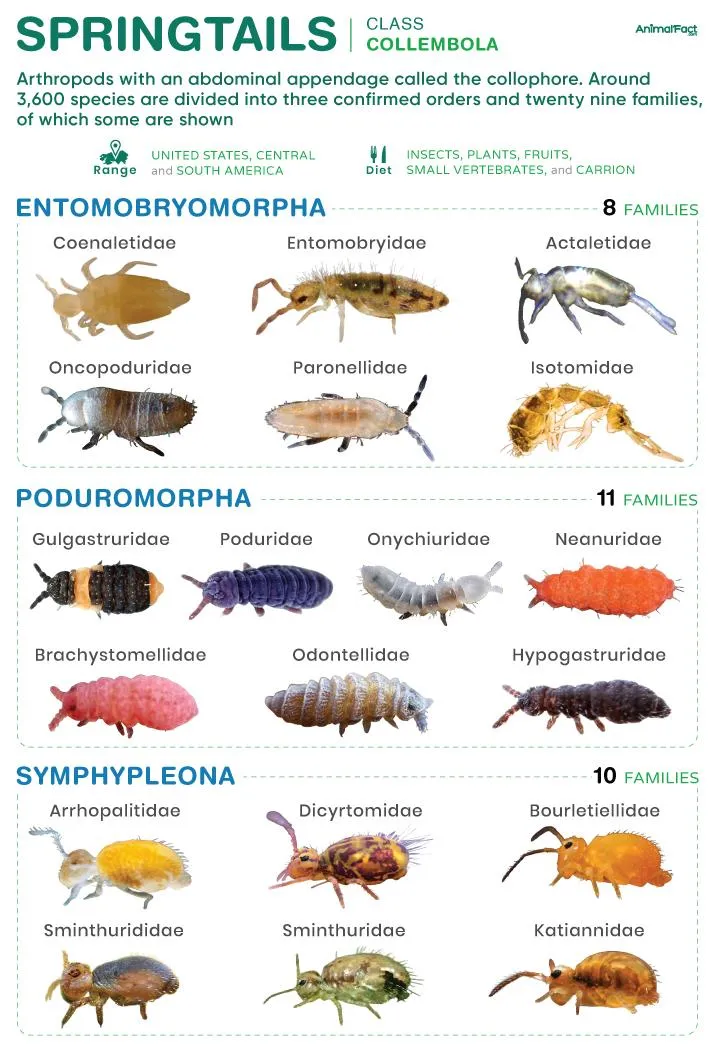
Nematodes
Role: Diverse functional roles (bacterial-feeders, fungal-feeders, predators, root-feeders).
Functions in Soil
Beneficial nematodes eat bacteria and fungi and release nutrients.
Some predatory nematodes control pest populations.
Root-feeding nematodes, however, can be harmful.
Bioenergetic Impact:
Regulate microbial flow, refining the nutrient signal for plant absorption.
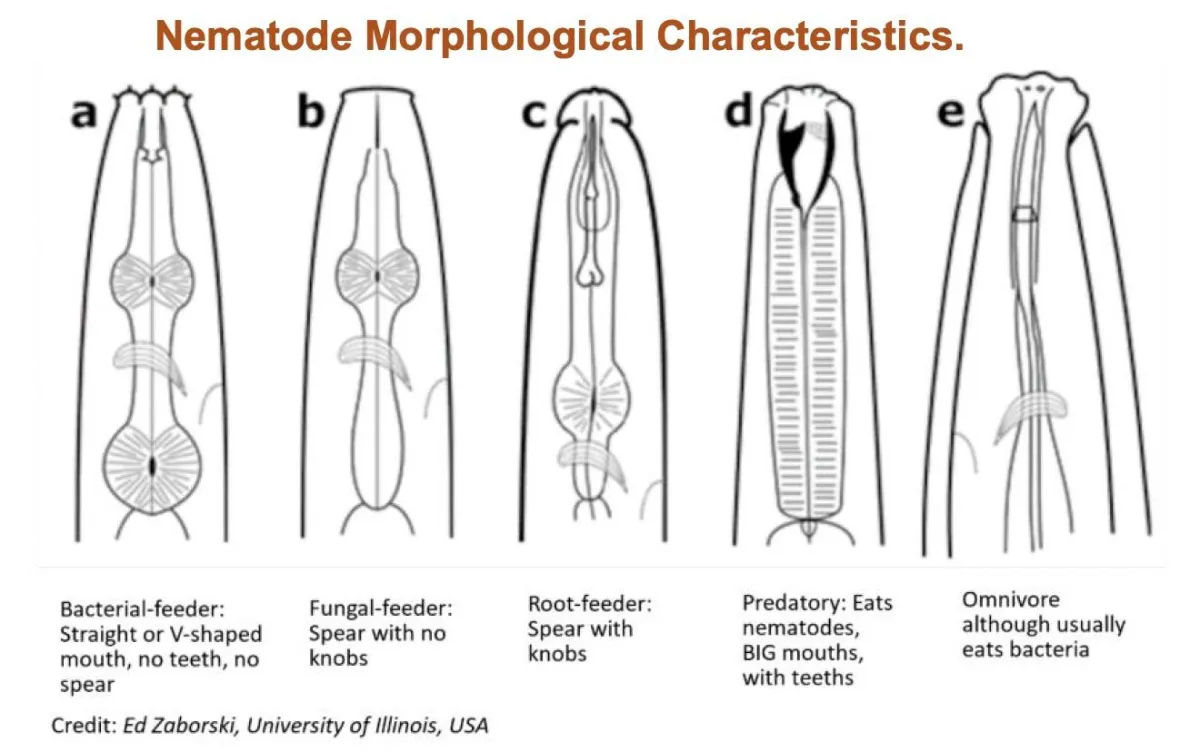
Mites
Role: Decomposers and predators.
Functions in Soil
Feed on fungi, organic matter, nematodes, and eggs of pests.
Important in leaf litter breakdown and nutrient cycling.
Bioenergetic Impact:
Aid in cleaning and detoxifying the micro-ecosystem.
Macroarthropods
(Ecosystem Shapers)
Centipedes
Role: Predators.
Functions in Soil
Control populations of insects and other soil dwellers.
Maintain balance in the ecosystem.
Bioenergetic Impact:
Prevent overgrowth of energetic drainers like pests.
Spiders
Role: Surface predators.
Functions in Soil
Hunt insects that live on or near the soil.
Contribute to pest suppression.
Bioenergetic Impact:
Control energetic parasites by managing insect populations.
Mites
Role: Decomposers and predators.
Functions in Soil
Feed on fungi, organic matter, nematodes, and eggs of pests.
Important in leaf litter breakdown and nutrient cycling.
Bioenergetic Impact:
Aid in cleaning and detoxifying the micro-ecosystem.
🪱 Macrofauna
(Engineers of Soil Structure)
Earthworms
Role: Primary decomposers and aerators.
Functions in Soil
Ingest soil and organic matter, enriching it through castings (rich in bioavailable nutrients).
Create aeration channels, improving root growth and water flow.
Bioenergetic Impact:
Vital energy conductors—they transform dense material into fertile, energized soil.
Ground Beetles
Role: Predators and scavengers.
Functions in Soil
Eat harmful pests and decaying material.
Help maintain biological balance.
Bioenergetic Impact:
Ground stabilizers—regulate pest energy and recycle matter.
Millipedes
Role: Shredders and decomposers.
Functions in Soil
Break down leaf litter and woody debris into smaller pieces.
Support fungal colonization.
Bioenergetic Impact:
Provide slow, grounding energy that supports fungal growth and structure.
Ants
Role: Aerators, scavengers, and seed dispersers.
Functions in Soil
Build tunnels, improving air and water penetration.
Protect some plants and move seeds.
Bioenergetic Impact:
Earth’s tiny energy engineers and defenders.
Key Topics I Learned
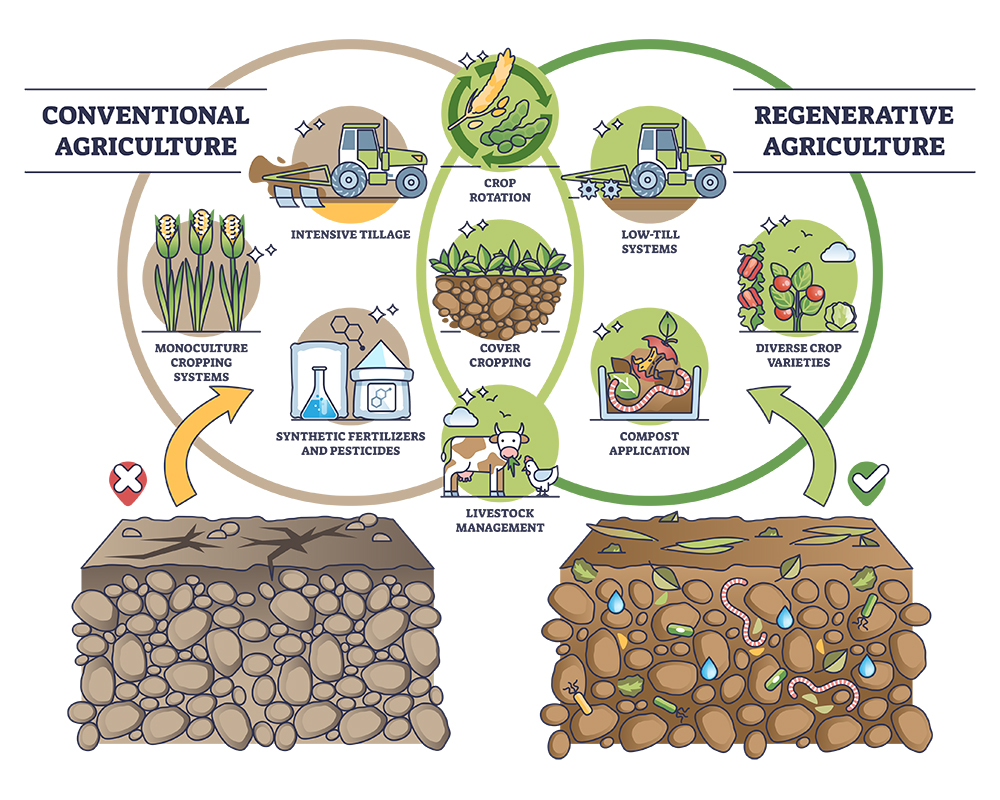
1. Soil vs. Dirt
Building Biology Focus:
Soil is living and rich in microorganisms.
Dirt is dead and lacking biological activity.
Healthy soil is structured, breathable, and full of life.
2. Composting
Three Main Ways to Compost
Thermophilic Composting: High-heat composting to kill pathogens and weed seeds.
Vermicomposting: Using worms to break down organic matter (BioComplete® Vermicompost).
Static Pile Composting: Passive composting over time using layered materials.
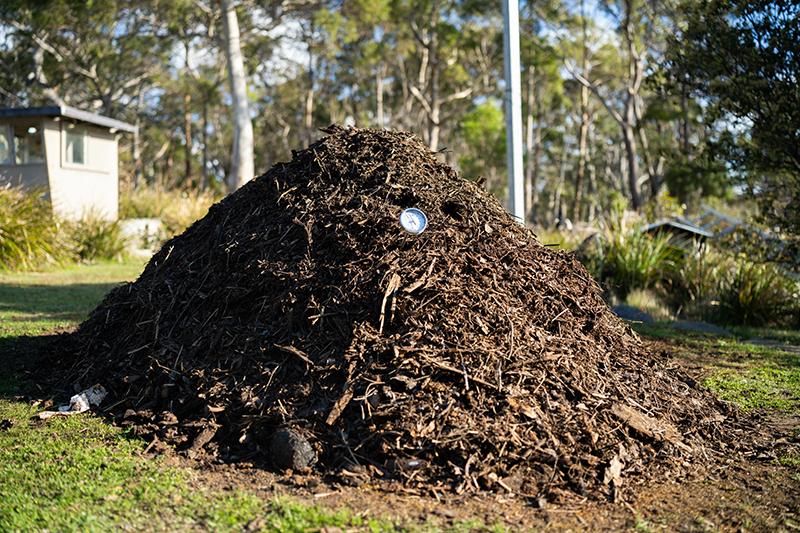
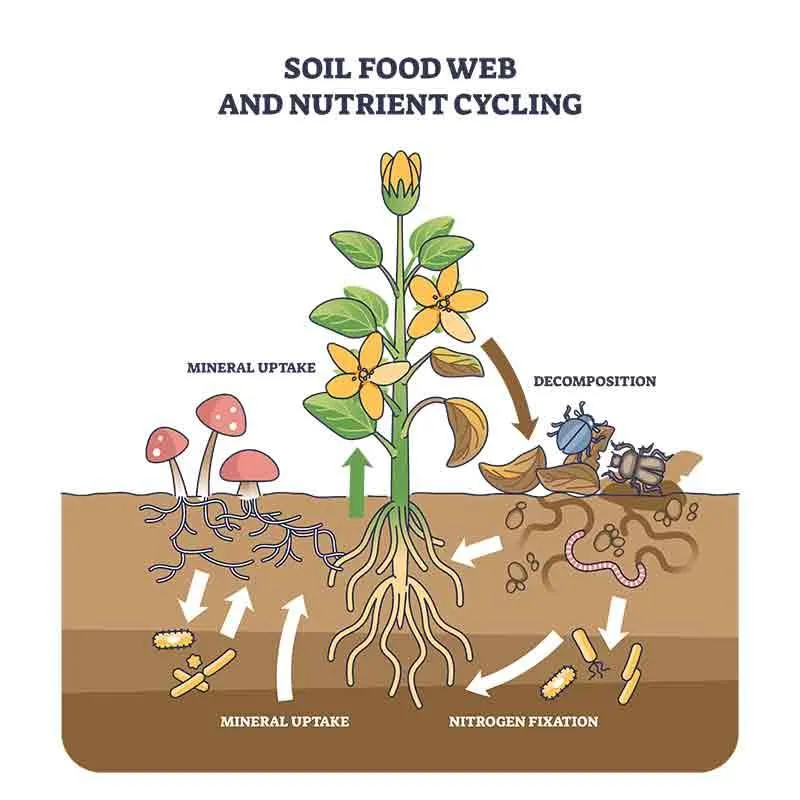
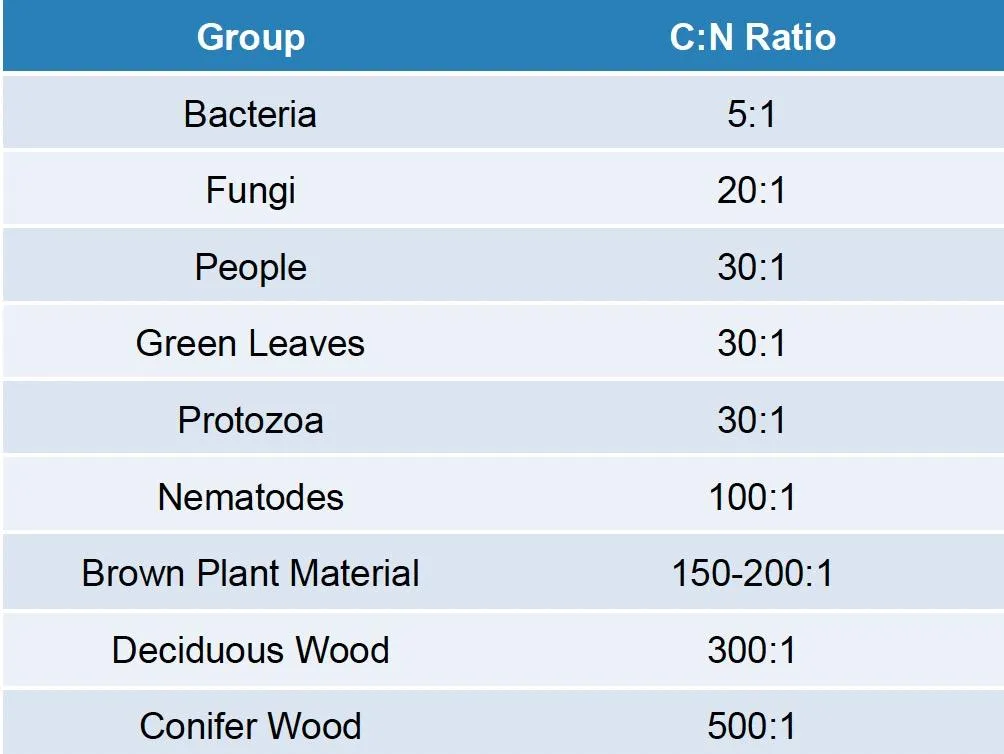
Thermophilic Composting: High-heat composting to kill pathogens and weed seeds.
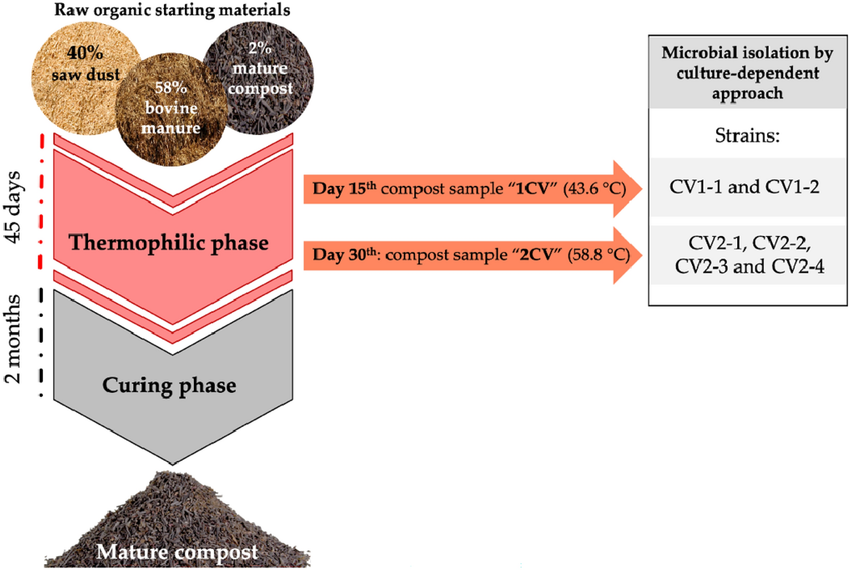
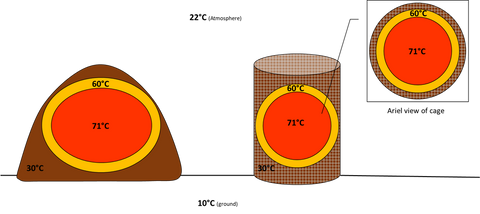
Vermicomposting: Using worms to break down organic matter (BioComplete® Vermicompost).
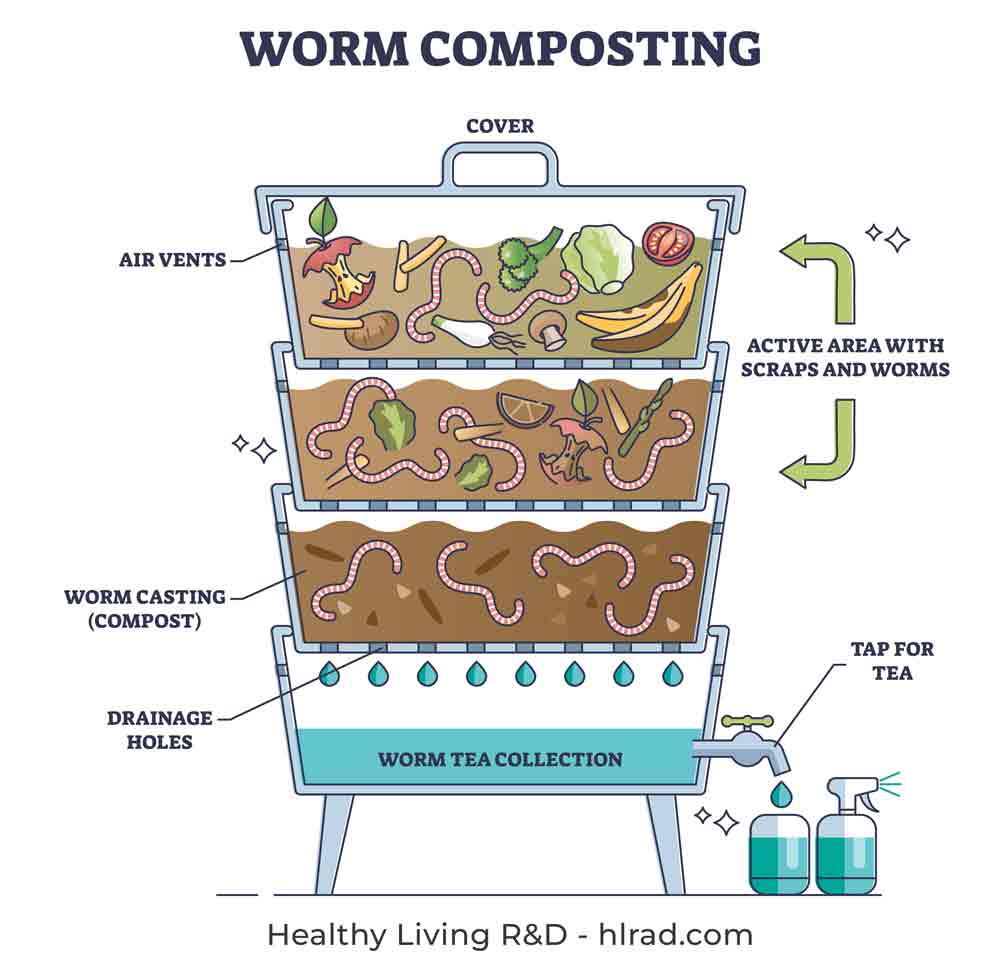
Static Pile Composting: Passive composting over time using layered materials.
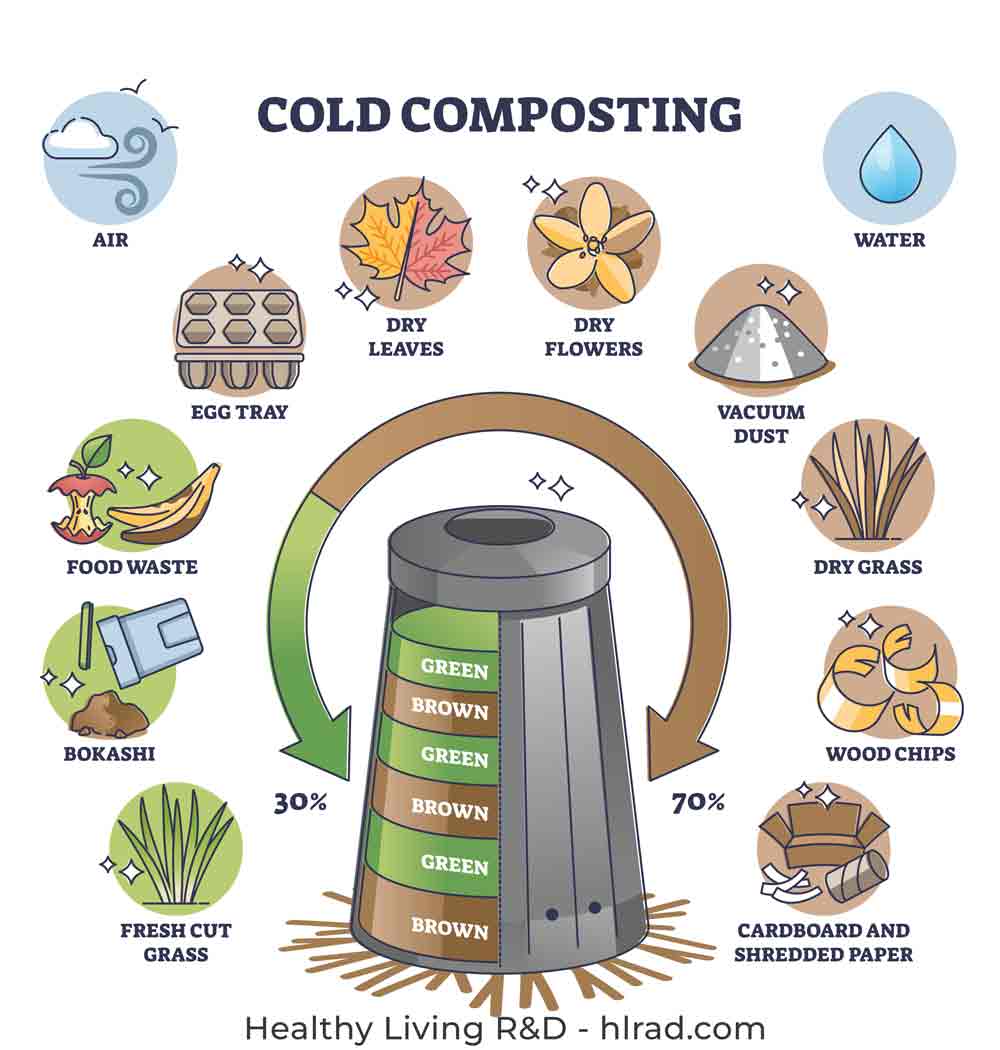
3. Important Compost Lessons
Avoid citrus and onion in compost—they can kill beneficial worms.
Too much food leads to anaerobic conditions—watch for smells!
Use what you have: tree trimmings, grass clippings, cardboard, leaves, etc.
Meat, dairy, oils, bones – go anaerobic quickly; best for advanced systems only.
Pet waste – can carry pathogens unless hot composted to proper temps.
Treated wood or glossy paper – contains toxins or synthetic chemicals.
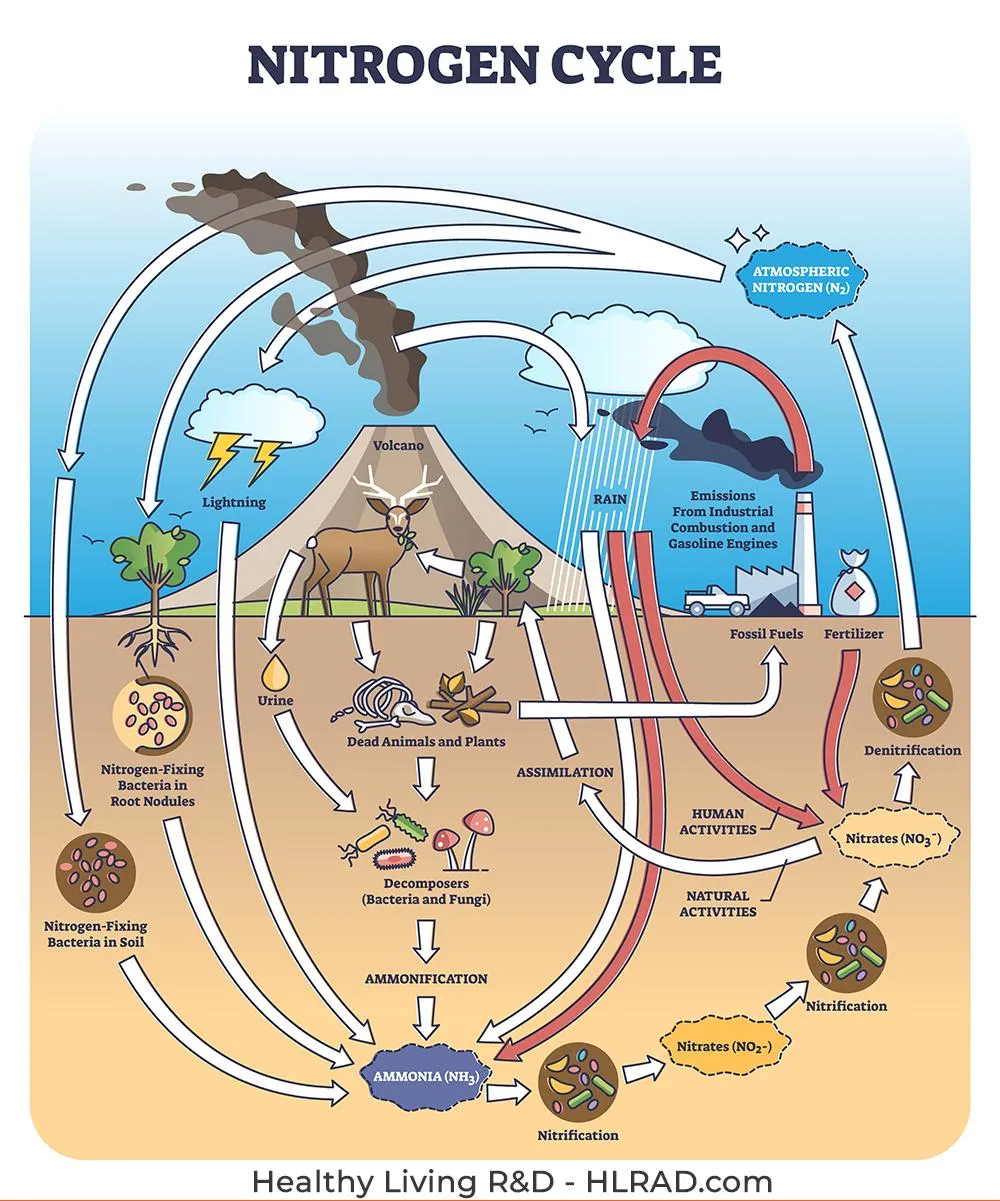
Using Animal Remains in Thermophilic Composting .
Ideal Conditions for Safe Composting of Animal Remains
Animal remains (meat, bones, offal, small dead animals, etc.) are rich in nitrogen and can accelerate decomposition , add nutrients, and support microbial diversity.
However, improper handling can result in:
Anaerobic conditions
Foul odor
Pathogens surviving
Scavenger attraction (rats, raccoons, etc.)
Temperature Requirements:
(To kill pathogens like E. coli, Salmonella, Listeria, and parasites):
Minimum Temperature:
131°F (55°C) must be maintainedTarget Range:
131°F–160°F (55°C–71°C)
Time Requirements
3 days minimum at ≥131°F (55°C) for general pathogens
5–7 days preferred for full microbial kill
Longer for large carcasses or bones (may take 30–60 days for full soft tissue breakdown)
What Happens to Bones?
Small bones (like chicken) may decompose fully.
Larger bones (cattle, pig) may remain but become brittle and mineralized, useful for soil calcium and phosphorus.
If desired, they can be:
Buried deeper
Crushed after composting
Added to biochar or bone meal
Forms of nitrogen pertaining to soil
N2 = Nitrogen
NO-2 = Nitrite
NO3_ = Nitrate
N2O = Nitrous Oxide
NH3 = Ammonia
NH4+ = Ammonium
How to Compost Animal Remains Safely
1. Select Your Site
Away from water sources
On well-draining soil
Protected from scavengers
2. Create a Base Layer (Carbon-Rich)
18–24 inches of:
Straw
Wood chips
Dry leaves
Sawdust
Acts as a
biofilter
and soak-up layer
3. Add the Animal Material
Place in center of pile
Position for maximum heat (core of pile)
Avoid chopping large carcasses unless trained (biohazard)
4. Cover Fully with High-Carbon Material
At least 2 feet deep of:
Finished compost
Manure with straw
Sawdust or leaves
Seal all sides to
suppress odors and pests
5. Monitor Temperature
Use a compost thermometer
Ensure internal temps hit
≥131°F for 3+ days
Adjust if pile cools too early
6. Let the Pile Rest
Avoid turning for first 30 days (prevents odor release)
Total composting may take
3–6 months
, depending on size and climate
4. Compost Nutrition and Nitrogen Sources

Balance Carbon to Nitrogen (C:N) ratio.
Greens (manure, grass, food scraps) = Nitrogen.
Browns (leaves, wood chips, cardboard) = Carbon.
Your Paragraph text goes Lorem ipsum dolor sit amet, consectetur adipisicing elit. Autem dolore, alias, numquam enim ab voluptate id quam harum ducimus cupiditate similique quisquam et deserunt, recusandae. here
What to Include for a Balanced Compost Pile:
High-carbon browns– dry leaves, cardboard, straw, wood chips (structure + energy source).
High-nitrogen greens – veggie scraps, fresh grass, coffee grounds (microbial fuel).
Microbe food – molasses, kelp meal, fish hydrolysate (sparingly) to feed beneficial microbes.
5. How to Make BioComplete Compost Tea
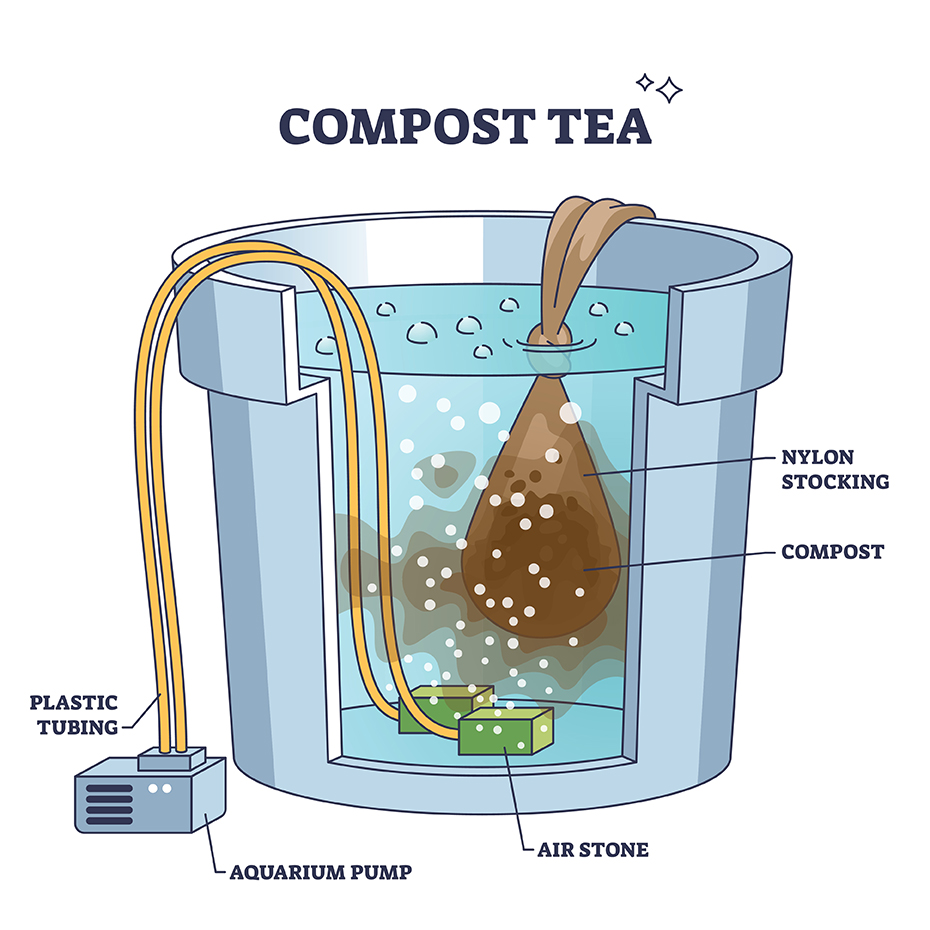
How Is It Applied?
Soil Drench
Purpose - To inoculate root zone
Helps colonize rhizosphere with biology
Foliar Spray
Purpose - To protect leaves and photosynthesis
Apply early morning or late evening
Seed Soak
Purpose - Jumpstart plant-microbe relationship
Short soak pre-planting (no longer than needed)
Compost Activator
Enhance pile biology
Boosts fungal & bacterial balance in compost
Critical Brewing Notes:
Must be fully aerobic – anaerobic tea can cause plant damage.
Use non-chlorinated water (chlorine kills microbes).
Only use compost that’s passed a biology test (via microscopy).
Should be used fresh—ideally within 4–6 hours of brewing completion.
Clean all brewing equipment between uses to prevent contamination.
Why It’s Critical in Some Cases
In compacted or dead soils (e.g., lawns, farmland with synthetic inputs)
In gardens with plant disease history
In ecological restoration projects
In regenerative agriculture as an inoculant to replace tillage, fertilizer, and pesticides with biology
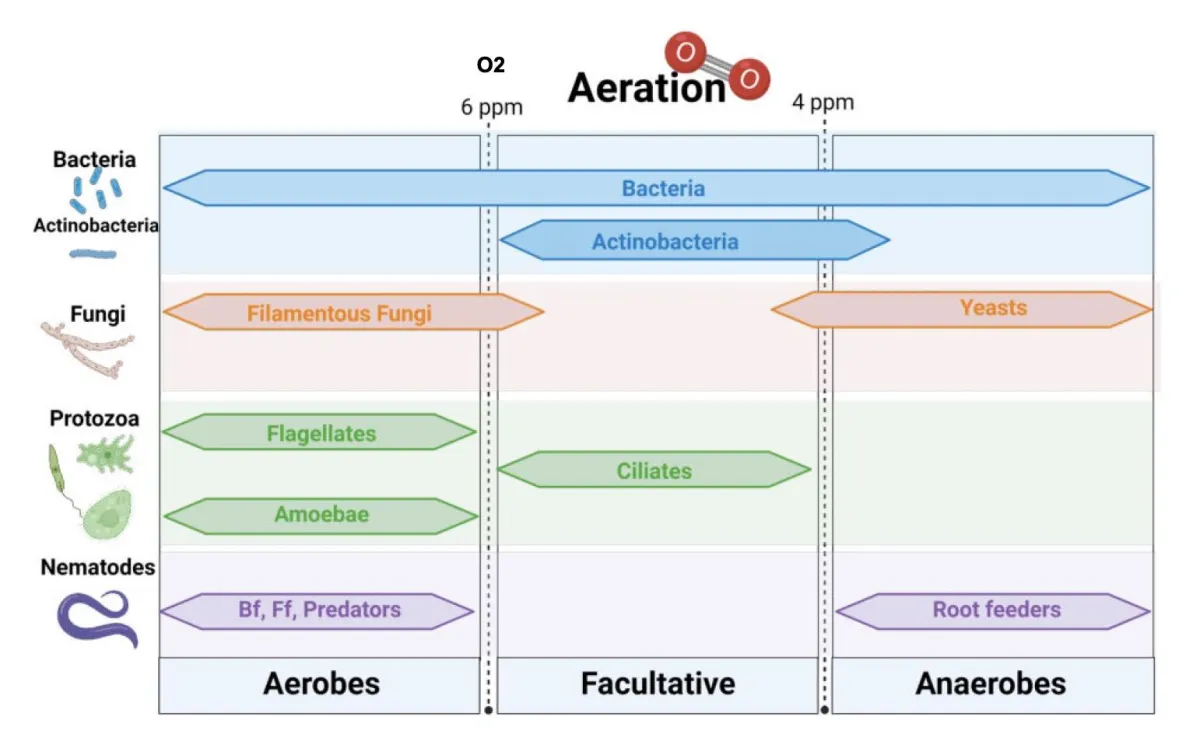
BioComplete™ Compost Tea is a microbial extract brewed from BioComplete™ Compost, designed to
inoculate soil and plant surfaces with a full spectrum of beneficial organisms from the Soil Food Web.
It’s not a fertilizer or nutrient tea— it’s living biology in liquid form , made by extracting microbes from high-quality compost into water, feeding them with microbe-friendly foods (like molasses, kelp, or humic acids), and aerating the brew for a precise period.
Brewed from BioComplete® Compost.
Steeped with air and microbial foods
Used to inoculate soils or foliar spray to add life and suppress pathogens.
Must remain aerobic to prevent anaerobic (bad) organisms.
Why Use BioComplete™ Compost Tea?
1. Jumpstarts Soil Biology -Inoculates lifeless or damaged soils (e.g., after tilling, chemicals, compaction) with diverse organisms to rebuild the soil food web.
2. Replaces Chemical Inputs - With the right microbes in place, the biology naturally makes nutrients plant-available, suppresses disease, and improves root uptake —eliminating or reducing the need for fertilizers and pesticides.
3. Protects Plant Surfaces - Used as a foliar spray, the tea coats leaf surfaces with beneficial microbes that outcompete pathogens, reducing diseases like powdery mildew, rusts, or blight.
4. Critical for Depleted or Disturbed Soil
Soils that have been:
Chemically treated
Tilled or compacted
Lacking fungal presence...often require BioComplete™ Tea to restore balance and biological function.
Vortex Style Compost Tea Maker!
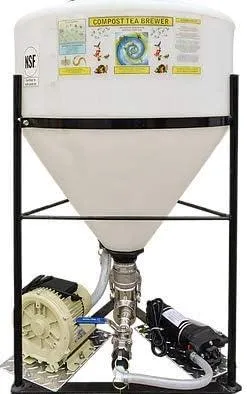
6. Soil Microorganisms (The Underground World)
The Underground World!
Bacteria break down materials, especially in early succession plants.
Fungi help trees and perennials by extracting nutrients and forming mycorrhizal networks.
Protozoa and Nematodes feed on microbes, releasing nutrients as plant-available.
This balance creates the Poop Loop —nature's nutrient cycling system.
Bacterial Dominated Soils → Produce → Nitrate (NO3_)
Fungal Dominated Soils → Produce → Ammonium (NH4+)

7-Common Problems and Solutions
Anaerobic signs = smell, slime, black color. Fix with oxygen and better layering.
Monitor F:B ratio (fungal to bacterial) depending on crop type (grasses prefer more bacteria, trees more fungi).
Don’t till! It destroys fungal networks and biology.
8-What Is Permaculture and Why It’s Better
Permaculture is a regenerative design system that mimics natural ecosystems. It emphasizes:
Perennial plants
Polycultures
Closed-loop systems
Zero waste
Working with nature instead of against it
It aligns beautifully with the Soil Food Web approach by enhancing resilience, biodiversity, and nutrient cycling.
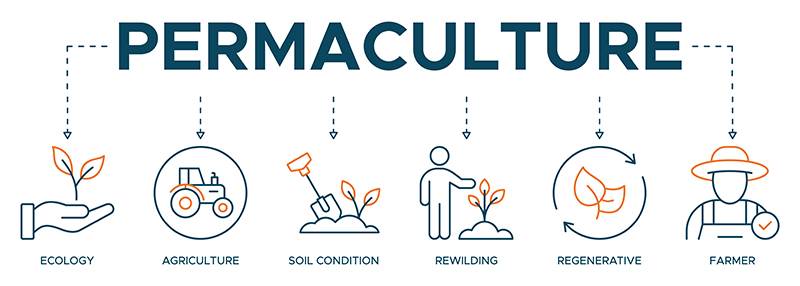
9-Why This Matters for the Planet
The Soil Food Web approach is a key to:
Growing healthier, more nutritious food.
Reducing chemical dependence in farming.
Combatting climate change through carbon sequestration.
Healing degraded lands.
Increasing food security while improving ecosystems.

My Takeaway
This training wasn’t just about compost—it was about reconnecting with life. It helped me realize that healthy soil is the foundation of everything: human health, food quality, water purity, climate balance, and a thriving planet.
I am committed to being part of the solution by implementing, teaching, and living in harmony with the soil beneath my feet.
If you are interested in leaning more about Soil Food and Web - Check out https://www.soilfoodweb.com/
Also Matt Powers has great info and course : https://matt-powers.mykajabi.com/regenerativesoil. - regenerativeSoilScience.com
Great Videos below!
Bio-Energetician
Acmos, BioGeometry, BioWell,
Qest4, BioAcoustics..

SoilFoodWeb
Completed Foundation Classes 2025

BBEC
Building Biology
Environmental Consultant
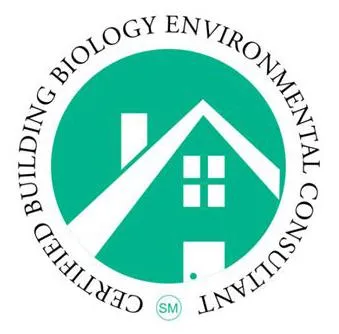
EMRS
Building Biology
Electromagnetic Radiation Specialist
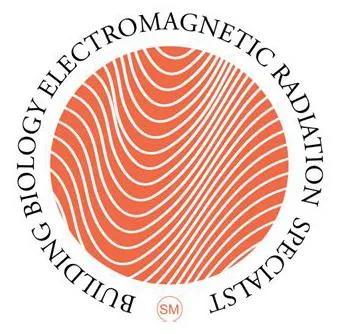
BBNC
Building Biology
New-Build Consultant
(coming soon)
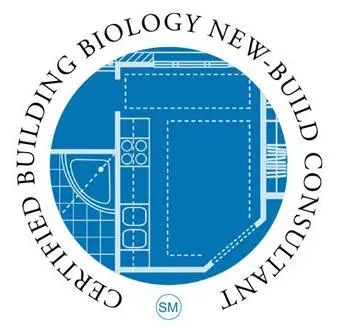
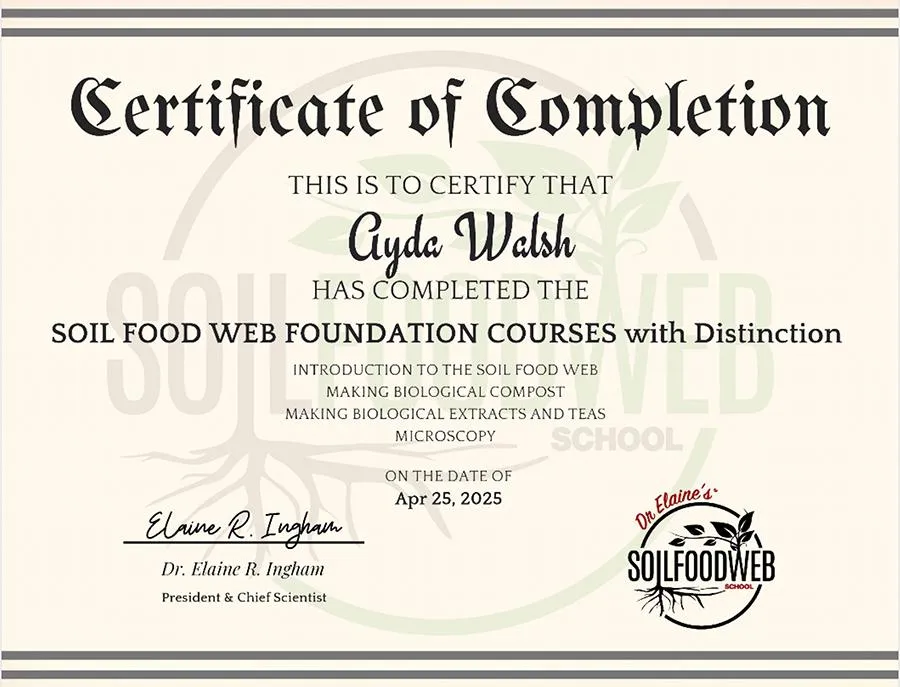
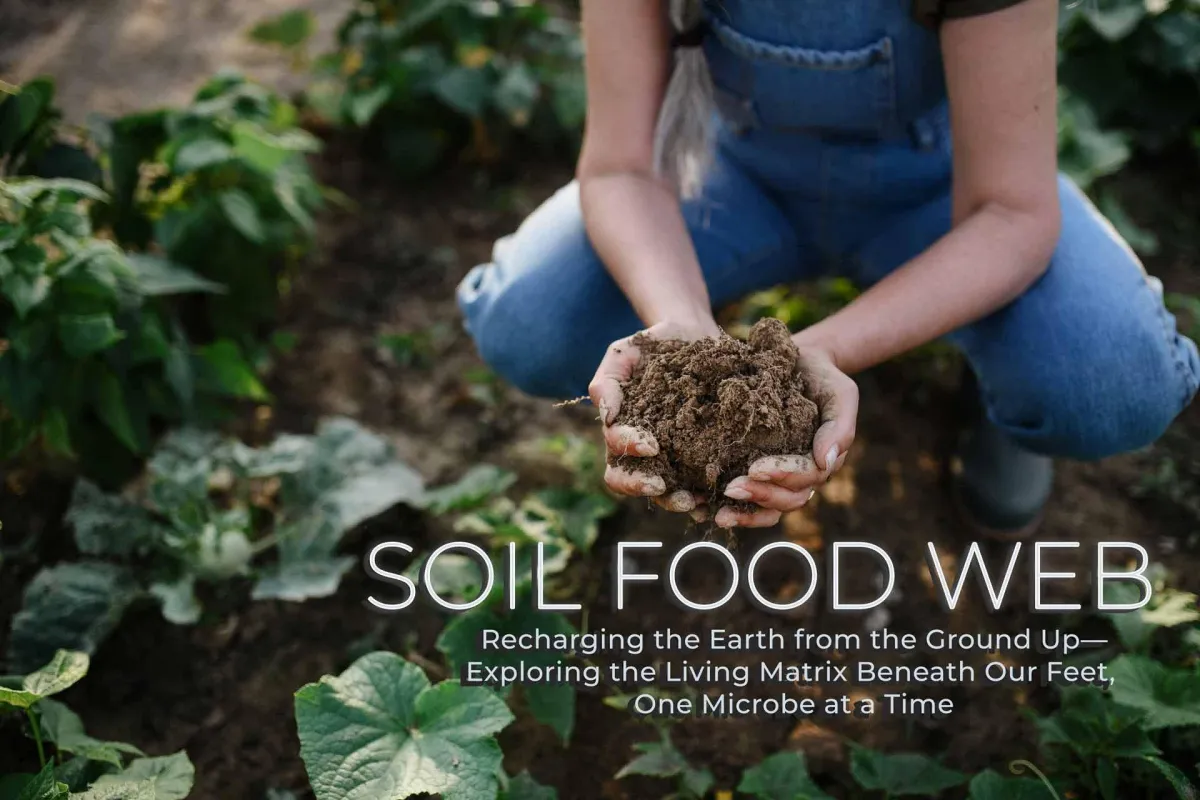
Business name: Healthy Living Research & Development LLC
Business Address: 360 Main Street
Millsboro, DE
Projects and Opportunities
Our Private Community
Courses, Coaching and Resources
DISCLAIMERS
PARTNERS
JV Opportunities
Copyright © 2025 and beyond Healthy Living Research & Development LLC -HLRAD.com . All rights reserved. Healthy Living Research and Development
